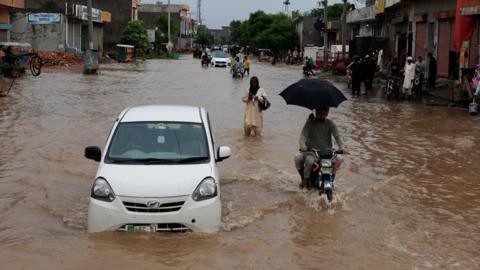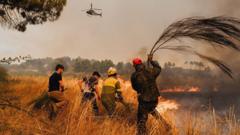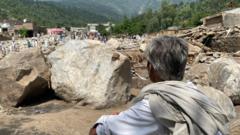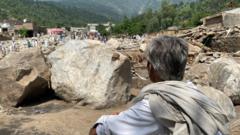On the evening of April 8, 2025, the Jet Set nightclub in Santo Domingo transformed from a vibrant scene of laughter and music to one of chaos and tragedy as the roof caved in. It was around midnight when attendees started to feel small drops of water and plaster from the ceiling, an alarming precursor to a disaster that would soon unfold.
The heavy air-conditioning units and water tanks on the already compromised roof had been a source of numerous noise complaints over the years. Despite these issues, the club remained open, packed to the brim with guests including bankers, politicians, and former athletes, all there to enjoy live performances. Eyewitness reports revealed that nearly 40 minutes after the initial warning signs, a large slab crashed down, severing a table and marking the onset of panic and disaster.
In total, 232 lives were lost that night, while around 200 others were trapped beneath the rubble of concrete and mechanical debris. The shocking event has instigated a fierce national dialogue about building safety standards in the Dominican Republic, where reports of collapse incidents are rising alarmingly. Survivors, like Nelson Pimentel, emphasize missed warnings and highlight the outdated condition of the structure, indicating that their instinctual construction knowledge warned them of impending danger.
"What I witnessed was an omen," Pimentel, 65, reflected. "But the music drowned out all reason." Many guests had mere seconds to escape before the catastrophe struck due to lack of adequate safety inspections and responses from authorities regarding the aging infrastructure.
This devastation has not only shattered lives but also shone a spotlight on the pervasive inadequacies within governmental oversight of building regulations, raising critical questions about preventive measures and necessary reforms in the wake of such a heart-wrenching tragedy.






















